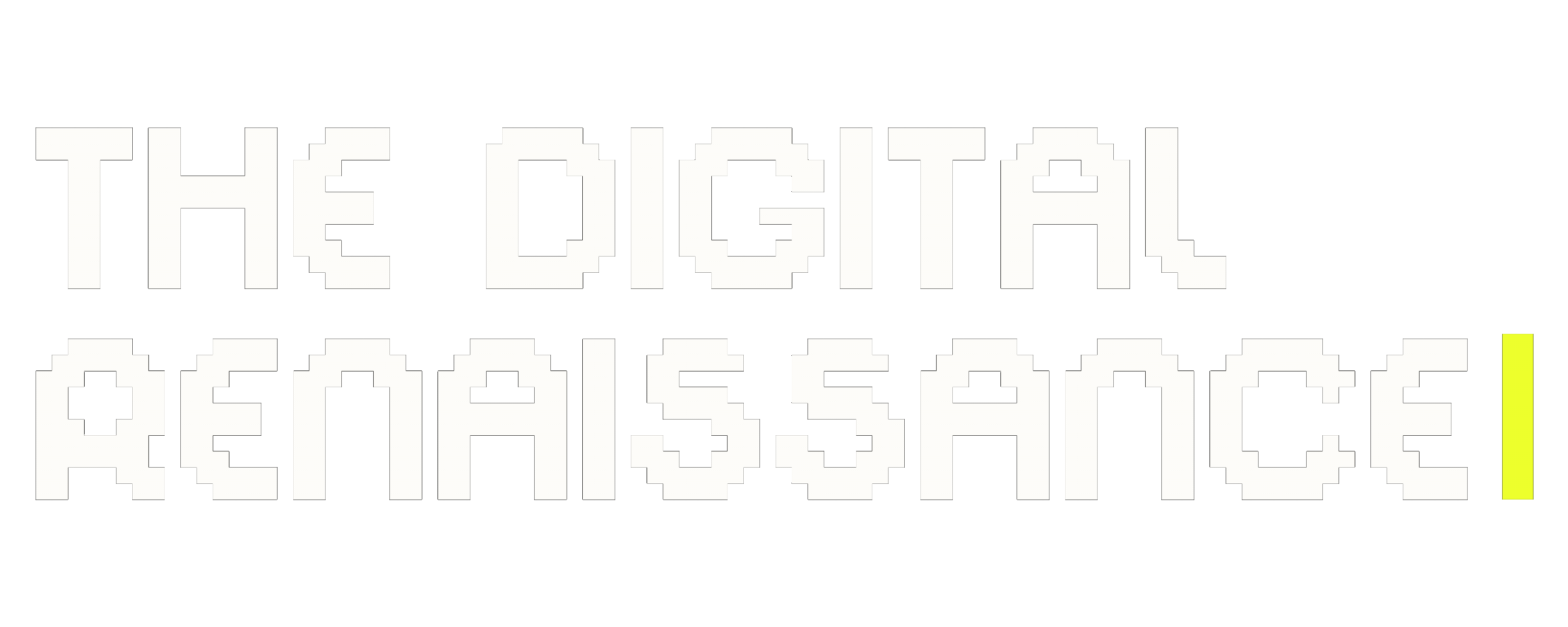Breaking Barriers in Assistive Technology: The Exopulse Mollii Suit Explained
EMERGING TECH & INNOVATION
The Exopulse Mollii Suit is one of the most exciting innovations in assistive technology today. At the intersection of healthcare and cutting-edge design, this wearable device is transforming the way people with neurological and muscular conditions approach therapy and rehabilitation. Created by Swedish company Inerventions AB, the suit has become a beacon of hope for individuals dealing with conditions like cerebral palsy, multiple sclerosis, and spinal cord injuries.
At first glance, the Mollii suit resembles a futuristic workout outfit. However, beneath its sleek design lies an advanced system designed to help muscles function better and reduce spasticity. Developed by Fredrik Lundqvist and his team, the suit emerged after years of research and refinement. The first prototype was completed in 2009, and by 2012, the Mollii suit was commercially available, offering a groundbreaking alternative to traditional therapy methods.
The suit operates through a process called functional electrical stimulation (FES), which has been a cornerstone of rehabilitation technology for decades. The Mollii suit refines this concept, embedding it into a full-body garment equipped with 58 tiny electrodes. These electrodes send gentle electrical pulses to targeted muscles, encouraging tight or overactive muscles to relax while activating underused ones. The result is a reduction in stiffness and an improvement in overall mobility, allowing the body to move more naturally. Users describe the sensation as a light, tingling feeling that is both harmless and comfortable.
One of the standout features of the Mollii suit is its adaptability. Each suit is tailored to the unique needs of its wearer. Specialists program the suit to focus on specific muscle groups, making it highly effective for a variety of conditions. It’s designed to be worn for just an hour every few days, providing significant benefits without disrupting daily life. Over time, the repeated stimulation encourages better communication between the brain and muscles, supporting the body’s natural ability to adapt and heal.
Clinical studies and real-world feedback highlight the suit’s effectiveness in reducing muscle stiffness, improving range of motion, and enhancing balance and coordination. People with cerebral palsy have reported improved muscle tone and movement control, while stroke survivors have found it helps regain mobility and reduce spasticity. Those with multiple sclerosis have seen improvements in balance, and individuals with spinal cord injuries have benefited from reduced tension and better movement.
Despite its many benefits, the Mollii suit is not a cure-all. It is most effective when used alongside traditional therapies, serving as a complementary tool rather than a standalone solution. Additionally, the cost of the suit can be a barrier for some, though insurance or healthcare systems may offer support in certain cases. Results can also vary; some users see immediate improvements, while others require weeks or months of consistent use to experience significant benefits. Nevertheless, for many, the Mollii suit offers a new path to improved mobility and independence.
This remarkable invention represents the potential of wearable technology to revolutionize rehabilitation. By making advanced electrical stimulation therapy more accessible and user-friendly, the Mollii suit is paving the way for a future where assistive devices are not only functional but also easy to incorporate into daily life. Its design bridges the gap between science fiction and practical healthcare, showcasing the power of innovation to change lives.
The Mollii suit’s journey from concept to global impact underscores the possibilities of merging proven techniques with modern design. As we look ahead, the potential for further breakthroughs in this space is boundless. For those of us at The Digital Renaissance, the Mollii suit exemplifies the kind of transformative technology we aim to highlight — tools that empower individuals and push the boundaries of what’s possible in healthcare today.
